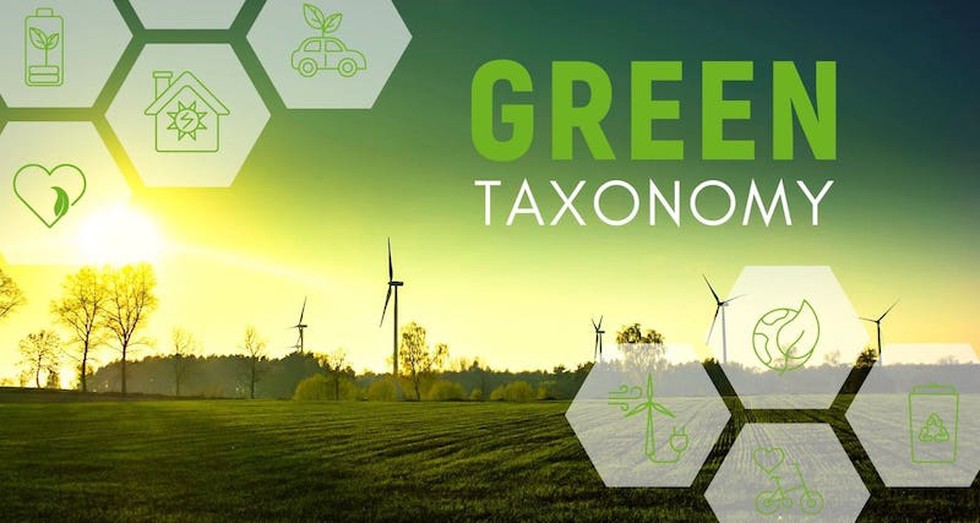The Reserve Bank of India (RBI) has incorporated considerations of climate change and extreme weather events into its latest Monetary Policy Report, emphasizing their impact on various aspects of the economy.
Importance of Climate Factors
- Inflation and Economic Stability: The report highlights the significance of extreme weather events and climate shocks not only on food inflation but also on the natural rate of interest and financial stability.
- Natural Rate of Interest: Defined as the central bank’s tool for balancing economic output and inflation, the report suggests climate factors may influence it.
Methodology
- New-Keynesian Model: The RBI employs a model that integrates a physical climate risk damage function to estimate the macroeconomic effects of climate change compared to a scenario without climate change.
- Projected Output: Without climate mitigation policies, the report predicts a potential 9% decrease in long-term economic output by 2050.
Potential Risks
- Inflation Hysteresis: Entrenched inflation hysteresis could erode inflation expectations’ stability, leading to the need for higher interest rates to control inflation, thereby exacerbating output loss.
Background
- Initiative Beginnings: Since July 2022, RBI has progressively addressed climate risk and sustainable finance.
- Financial Requirement: India aims to achieve net zero emissions by 2070, requiring over $17 trillion in investment.
International Examples
- European Central Bank: The ECB has contributed to creating a green taxonomy for the Eurozone, aiding in assessing the sustainability of economic activities.
- ASEAN Region: Countries in the ASEAN region maintain a dynamic green taxonomy, continuously updating it with sectoral perspectives.
RBI’s Actions
- Sovereign Green Bonds: The RBI issued ₹16,000 crore worth of Sovereign Green Bonds to finance green projects.
- Foreign Institutional Investors (FIIs): FIIs are now permitted to invest in future green government securities, expanding the resource pool for green investments.
Recommendations
- Thorough Assessment: RBI needs to conduct a comprehensive evaluation of the quantitative and qualitative impacts of climate change on economic and financial stability.
- Development of Green Taxonomy: Collaboration with the Finance Ministry to develop a layered green taxonomy reflective of India’s diverse developmental paths is essential.
- Transitional Risk Mitigation: Efforts should focus on mitigating transitional risks to the financial system during the shift towards sustainability.
Multiple Choice Questions (MCQs):
- What significant factor has the RBI included in its latest Monetary Policy Report?
- A) Political instability
- B) Extreme weather events and climate shocks
- C) Technological advancements
- D) Changes in consumer preferences
- Answer: B) Extreme weather events and climate shocks
- What is the natural rate of interest?
- A) The rate set by commercial banks
- B) The rate at which inflation is stable
- C) The rate influenced by climate factors
- D) The rate fluctuating with economic output
- Answer: B) The rate at which inflation is stable
- What model does the RBI use to estimate the macroeconomic impact of climate change?
- A) Keynesian model
- B) New-Keynesian model with a climate risk damage function
- C) Monetarist model
- D) Supply and demand model
- Answer: B) New-Keynesian model with a climate risk damage function
- What potential decrease in long-term economic output does the report predict by 2050?
- A) 5%
- B) 9%
- C) 12%
- D) 15%
- Answer: B) 9%
- What is a green taxonomy?
- A) A tax on environmentally harmful activities
- B) A framework for assessing the sustainability of economic activities
- C) A system of categorizing plant species
- D) A method for carbon pricing
- Answer: B) A framework for assessing the sustainability of economic activities
